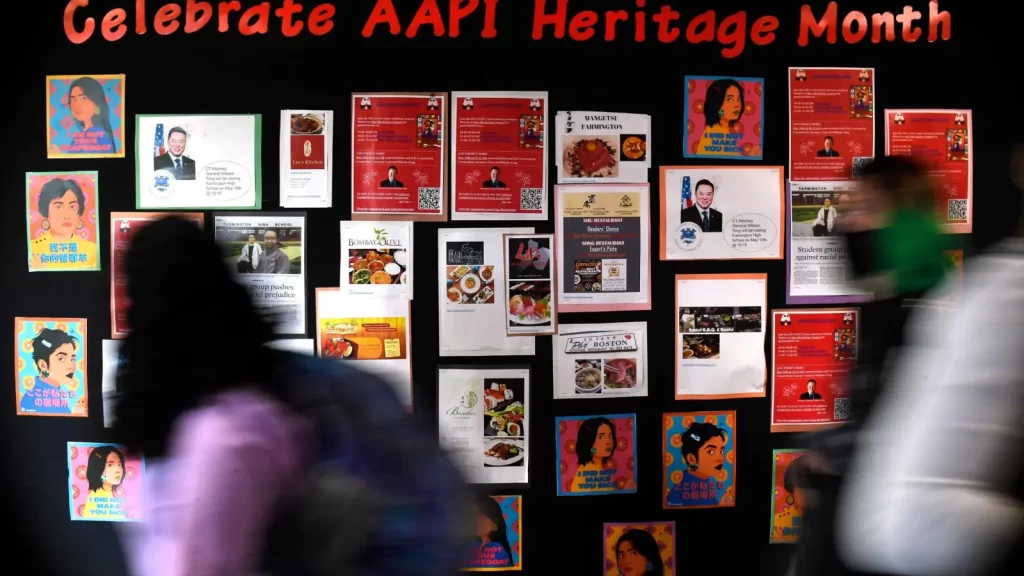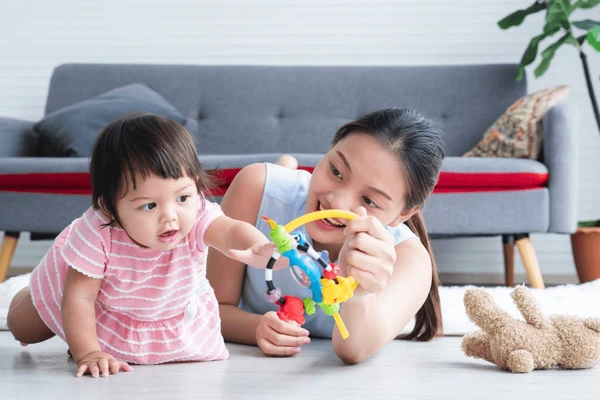A classroom buzzes with energy. Groups huddle around their projects, voices rising and falling. Some students are locked in, focused, energized by the presence of their peers. Others? They’ve already checked out—letting the group carry them while they doodle in the margins of their notebook.
What’s happening here? Two opposing psychological forces are at play: social facilitation and social loafing. The first makes kids work harder, the second lets them fade into the background. Knowing the difference—and how to push students toward engagement—is key to making group work actually work.
Why Do Some Kids Work Harder in Groups?
Ever noticed how some kids thrive under pressure? That’s social facilitation at work. When peers are around, performance can improve. The trick? The task has to be familiar, comfortable, something they’ve already practiced.
- A student who loves math might finish equations faster when others are watching.
- A confident speaker will deliver a better presentation when classmates listen.
- A musician plays with more precision in front of an audience than alone in their room.
The presence of others heightens focus, drive, and motivation—but only when the task is already well-learned.
However, throw a student into unfamiliar territory, and the same peer presence can crush performance. Struggling to solve a tough problem in front of others? Stammering through a speech they haven’t practiced? That’s social inhibition—where self-consciousness and anxiety replace confidence.
Bottom line: If students know what they’re doing, group settings can push them to work harder. If they’re uncertain, it can backfire.
Why Do Some Kids Disappear Into the Group?
This is the flip side—social loafing. The bigger the group, the easier it is to hide. Why?
- Diffusion of responsibility—If five people are doing a project, does one person slacking off really matter? (To them, probably not.)
- “My effort won’t change the outcome”—If others are working hard, why bother? The project will get done either way.
- No recognition, no motivation—If everyone gets the same grade, why put in extra effort?
It’s an invisible force that creeps in, making some students disengage while others unknowingly carry the weight.
How to Get Students to Work Together (And Actually Contribute)
If left unchecked, group work can be unfair—the hardest workers will always compensate for those who sit back. But structured teamwork eliminates loopholes. Here’s how to make sure every student is engaged.
Assign Roles with Precision
No one should be floating. Define clear, non-overlapping responsibilities.
✔ Researcher
✔ Writer
✔ Presenter
✔ Designer
When a job is attached to a specific name, there’s no room to blend in.
Make Effort Visible
Social loafing thrives in opacity. Remove the shadows.
✔ Peer evaluations
✔ Contribution tracking
✔ Individual reflections
When students know their work is being noticed, participation rises. If there’s no place to hide, effort increases.
Shrink the Crowd
Larger groups = easier to disappear.
✔ 3-5 students per group, max.
✔ Keep roles distinct to avoid overlapping responsibility.
Smaller teams mean accountability is direct. Everyone must pull their weight.
Deadlines Inside Deadlines
Long projects without checkpoints invite procrastination. Break the work into bite-sized milestones.
✔ Mini-deadlines before the final due date
✔ Progress updates required at intervals
✔ Check-ins to prevent last-minute rushes
Keeping momentum prevents the gradual fade into disengagement.
Set Up Workspaces for Social Facilitation
The right environment can encourage students to engage fully.
✔ For familiar tasks → Encourage teamwork, competition, or timed challenges.
✔ For complex tasks → Allow practice in private before public demonstration.
✔ For brainstorming → Let students bounce ideas without pressure of judgment.
Match task difficulty with the level of peer visibility to maximize effort without triggering anxiety.
Tie Effort to Outcome
Grades should reflect effort. If one student does nothing? Their score shouldn’t match the others.
✔ Individual grades for contribution
✔ Self-reflections on effort
✔ Peer input in grading
Fairness drives engagement—if students know their effort matters, they’re more likely to invest.
Final Thoughts
Social facilitation can make students work harder, but only under the right conditions. Social loafing can drag group work down—unless the system doesn’t let it.
If collaboration is designed with intention, students learn with each other, not at the expense of each other. Structure isn’t restrictive—it’s what makes teamwork fair, productive, and valuable.








